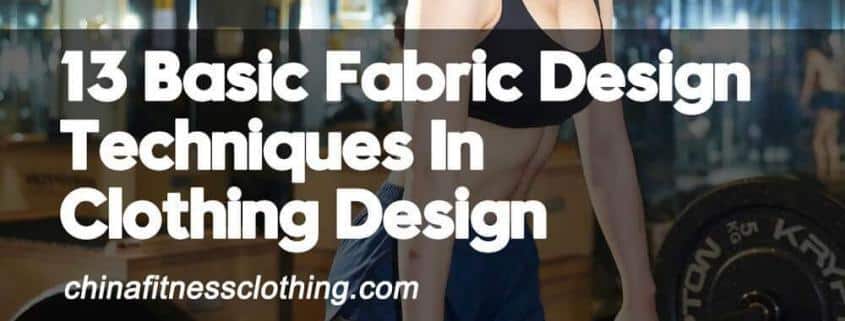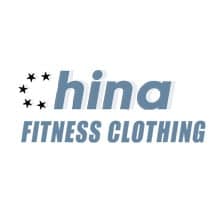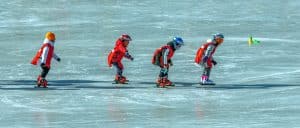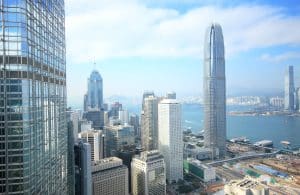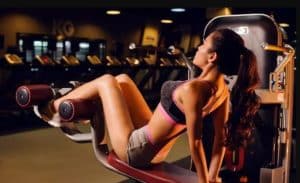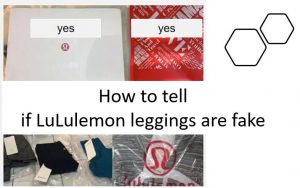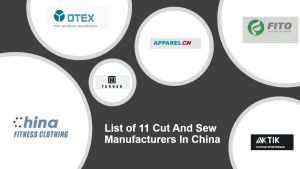Many brand styles are very basic, but the fabrics are very innovative. There are many kinds of design fabrics, and we always innovate in styles. The innovation in fabrics is also particularly important. Here I have summarized 13 basic fabric design techniques.
Fabric Design Techniques: Printing And Dyeing
Printing and dyeing are two relatively basic but very effective methods, you only need cloth, paint, or printing machine to complete. In terms of dyeing, batik and tie-dye are relatively simple methods. With the development of technology, the way we print becomes simpler. Over the years, digital printing has been a popular fried chicken,which is fast and with great results. In recent years, street elements have gained more attention, and designs that use graffiti, hand-painted, etc. as patterns are very popular.
Fabric Design Techniques: Accumulation
As a hoarding enthusiast, I personally like this method very much. I pile whatever I like on the clothes. If I pile more, I feel very good-looking. Folds, buttons, collars, pockets, everything you can think of can be stacked!
Fabric Design Techniques: Folds And Shuffles
Folding is a commonly used method of clothing design. Ancient Greek clothing is made of folds to highlight the femininity and tenderness of women. There are more and more modern ways to deal with folds. We can combine it with batik and tie-dye, and we can also use machines to press out folds of various shapes, which is very fast. The same is true for shirring, you can even use fabric to shape directly on the stage, and draw it wherever you need to tie it up, which is very easy to express the sense of volume.
Fabric Design Techniques: Stacking
The stacking effect can give people a very fluffy and heavy feeling, or it can be an optical illusion effect. As long as it is a flat material, it can be used for stacking, such as book paper, denim, and mesh. Trying a lot may produce unexpected results!
Fabric Design Techniques: Sewing And Embroidery
Sewing and embroidery should be very familiar to everyone. Japan has a fabric reconstruction method that uses stitching to make patterns on the fabric. The original monochrome fabric has become more designed because of this action, which is also very Simple reinvention method. Of course, we can still see embroidery products everywhere in our lives. Gradually, more abundant embroidery methods such as bead embroidery and ribbon embroidery appear, which gives you more choices. It’s more interesting to combine sewing or embroidery with printing and dyeing.
Fabric Design Techniques: Collage
Collage is actually a kind of realization of graphic design on the human body. It is very interesting for Maison Martin Margiela to make tattoo patterns into cloth and paste on the body on the show. We can also make regular geometric collages. When making portfolios, we often make collages. This is a very quick and fun way!
Fabric Design Techniques: Weaving
Weaving requires a small technique to complete, and there is no need to weave a complicated structure such as a Chinese knot, unless you need it~ we can try to combine the weaving with threads of different thickness, or materials of different colors, a pinch of wool, a piece of cloth, and even a sponge. The combined effect of different materials will be very different. This is also a point that can be used as an experiment when making works.
Fabric Design Techniques: Knitting
When I was young, I wore sweaters knitted by my mother. In recent years, this kind of “temperature” fabric reconstruction method is very popular. People will combine knitting with weaving or other techniques, or use some other materials for knitting, which can produce very rich effects. And nowadays, a popular and mature knitting technology called seamless knitted clothing tech has been used more and more.
Fabric Design Techniques: Hollowing
Hollowing brings us faintly fascinating places, and the patterns or shapes can also convey what you want to express or the thoughts of a girl. However, this method of hollowing sometimes requires small skills, and sometimes requires the help of professional machines, or you can work directly on leather and other materials.
Fabric Design Techniques: Cutting
The fabric is cut as paper. If you want a neat pattern, use non-woven materials such as leather, TPU, etc. However, if you are looking for a slutty and unruly state, fabric fabrics such as plain weave and twill weave are good choices.
Fabric Design Techniques: Thread drawing
Why do jeans with holes sell more expensive than flat ones? This method of fabric recycling is the reason! Thread drawing is done by hand, how much and how to draw is exquisite! If you are not sure, you can also use the jeans and white cloth that you don’t wear to make experiments to see what the difference of different fabrics is on the thread drawing.
Fabric Design Techniques: Corrosion And Burning
Destruction can also create beautiful things, isn’t it fun? Everyone who has been warned against playing with fire can finally take this opportunity to “play” and create something. We can also try anything that can corrode fabrics or materials. But it must be done under the premise of ensuring safety.
Fabric Design Techniques: 3D Printing
When 3D printing was first proposed, I was thinking that if it were put on clothing, it would be very interesting. In the early days of 3D printing, “experimenters” used 3D printing to design clothes. The more futuristic state makes people unconsciously lament that technology is a good thing!

